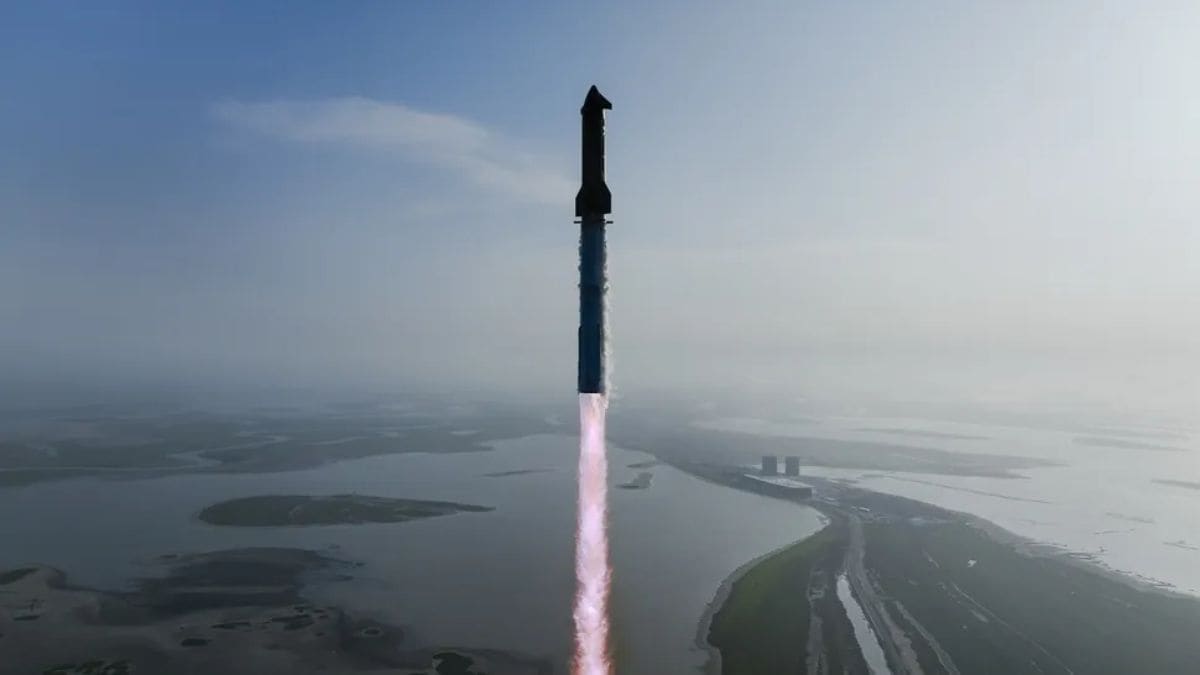On September 10, 2025, SpaceX launched 21 satellites from Vandenberg Space Force Base into low Earth orbit, launching the U.S. military's next-generation space-based communications network. The construction of a constellation of 126 satellites was initiated by this mission, which was the first Tranche-1 Transport Layer launch by the Space Development Agency (SDA). For American forces around the world, the network will offer global encrypted links. The first stage of the Falcon 9 made its sixth flight when it touched down on SpaceX's drone ship.
Falcon 9 Launch and Payload
According to Space.com, a Falcon 9 rocket lifted off from Vandenberg on Sept. 10, carrying 21 satellites built by York Space Systems. SDA has also contracted Northrop Grumman and Lockheed Martin to build 42 satellites apiece for this layer.
About 8.5 minutes after liftoff, the first stage landed on SpaceX's droneship, marking the booster's sixth flight. The second stage then continued into orbit with the payload, though exact deployment timing was not disclosed.
Building the Transport Layer Network
The satellites are part of SDA's Proliferated Warfighter Space Architecture (PWSA), a planned network of satellites in low Earth orbit (LEO) connected by laser communications. Now a part of the U.S. Space Force, the SDA was created in 2019 to rapidly field new space-based defense capabilities. Following nearly two dozen demonstration satellites launched between 2023 and 2024 (Tranche 0), comes this first operational tranche.
The "Transport Layer" of the system is made up of these 21 satellites, which SDA defines as a space-based relay that extends secure tactical communications beyond line-of-sight. Upon completion, the transport layer will comprise 126 satellites, offering U.S. forces worldwide encrypted connections. PWSA will consist of several layers (navigation, tracking), with satellites exchanging information through laser links.

Comments
Post a Comment